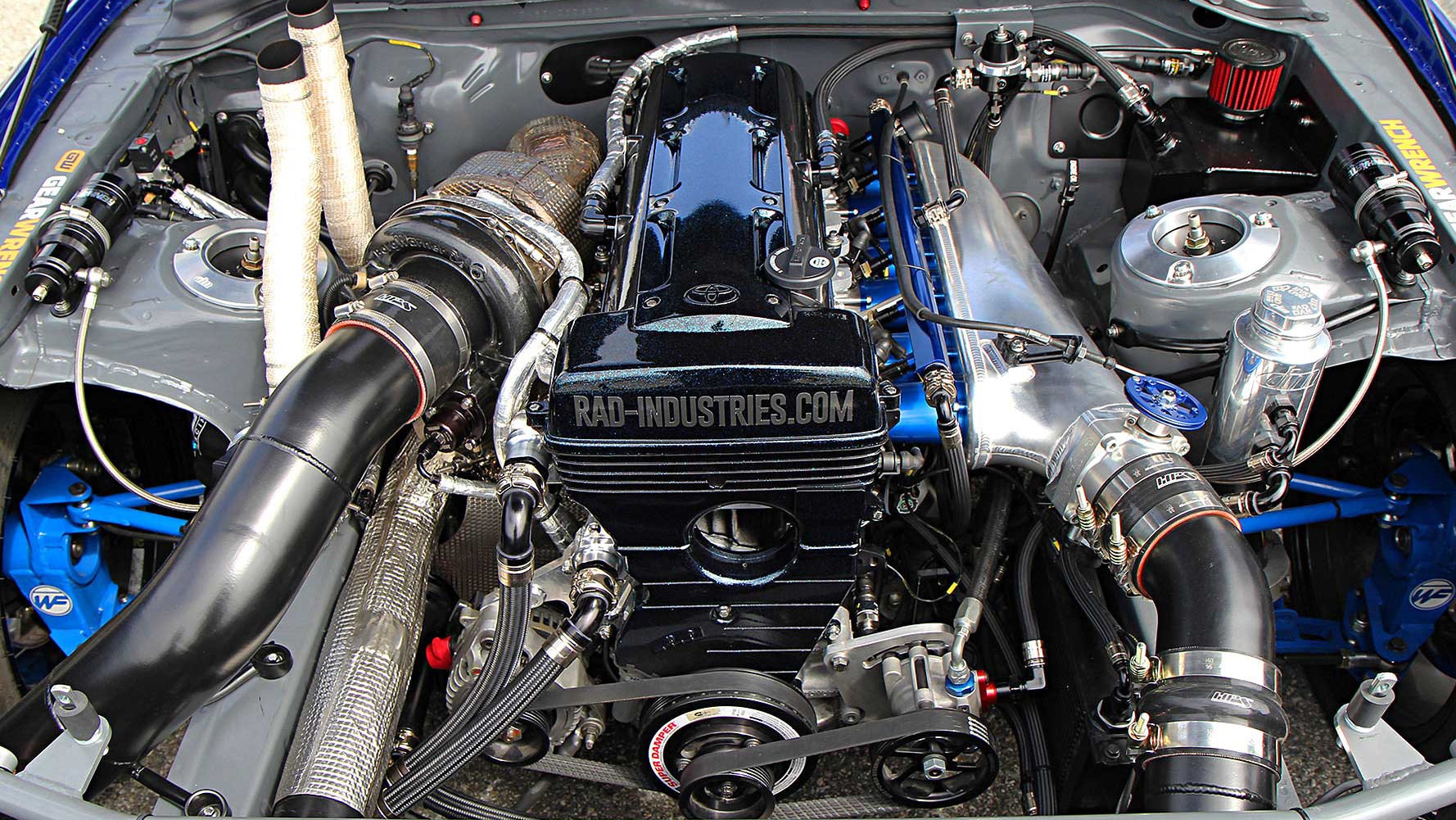The Toyota 2JZ engine has cemented its status as a legendary powerhouse, especially among automotive enthusiasts and tuners. Its popularity surged with the final generation of the Toyota Supra, largely due to its robust closed-deck design and ability to handle significant boost levels even on stock internals.
This resilience, paired with the inherent balance and reliability of its inline-six configuration, allows the engine to endure extreme performance conditions without failure. To fully appreciate what makes the 2JZ so durable, one needs to look inside and understand its precise engineering.
Stephan Papadakis Reveals 2JZ Engineering Secrets Through Detailed Engine Teardown Analysis
Stephan Papadakis, a renowned figure in the drift racing world and owner of Papadakis Racing, provides an in-depth look at the 2JZ by disassembling it on screen. Through his teardown, viewers gain a firsthand understanding of the engine’s intricate construction. The 2JZ’s internal build quality and component layout are what contribute to its nickname as a “bulletproof” engine in tuning circles.

Although the Supra made the 2JZ famous, it wasn’t the only car to house this twin-turbo marvel. Toyota also installed a version of it in the Aristo, sold as the Lexus GS in the U.S. market.
This particular iteration includes variable valve timing on the intake side, which adds to its versatility and performance. It is this version that Papadakis explores, offering a detailed view of the enhancements beyond the well-known Supra variant.
Also Read: 10 Best and 10 Worst Cars for Cold Climates & Harsh Climate
Precision Engineering and Reinforced Internals Make the 2JZ Engine Nearly Indestructible
The 2JZ teardown shows that, although similar in process to dismantling any other engine, there is a very intentional and specific order in its construction. The engine features dual overhead cams, enabling four valves per cylinder, improving air-fuel flow and spark efficiency.
Bucket-style lifters, though limiting in terms of aggressive cam profiles, reduce mechanical complexity and enhance reliability. Each element of the engine seems designed with both performance and longevity in mind.
Toyota went further with structural reinforcements like a multi-layered steel head gasket to prevent blowouts and a closed block to support the cylinder walls. A lower block girdle adds strength to the engine bottom-end, increasing rigidity without limiting access to the internals.
The rotating assembly itself—featuring a forged crankshaft, wide bearings, and substantial thrust bearing support—is nearly indestructible. These features explain why the 2JZ continues to be a favorite for tuners looking to push the limits of performance without compromising reliability.
Also Read: 10 Cars With Cooling Systems That Never Overheat, Even in Extreme Summer Heat

